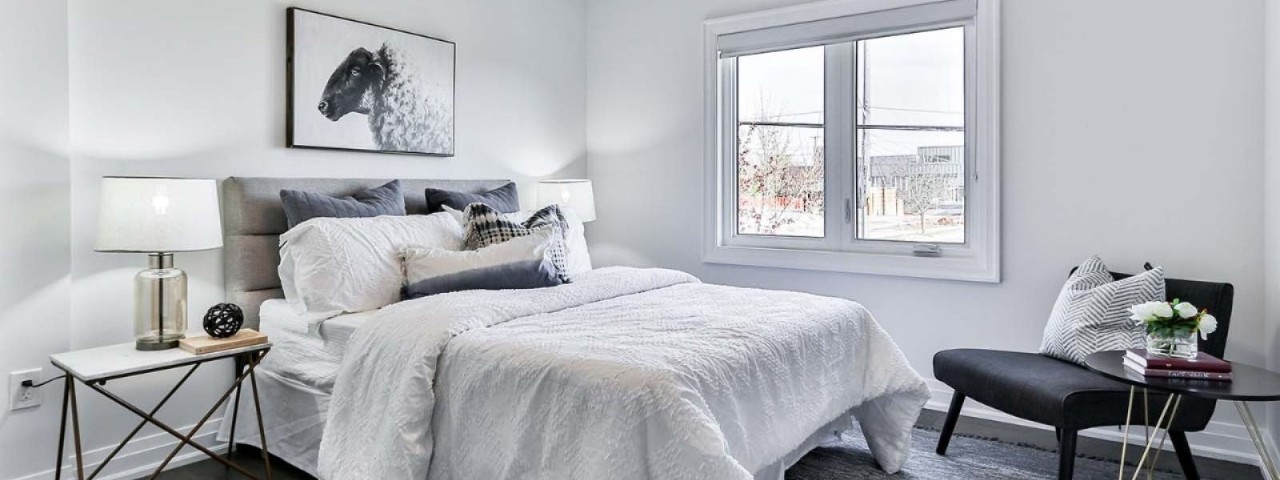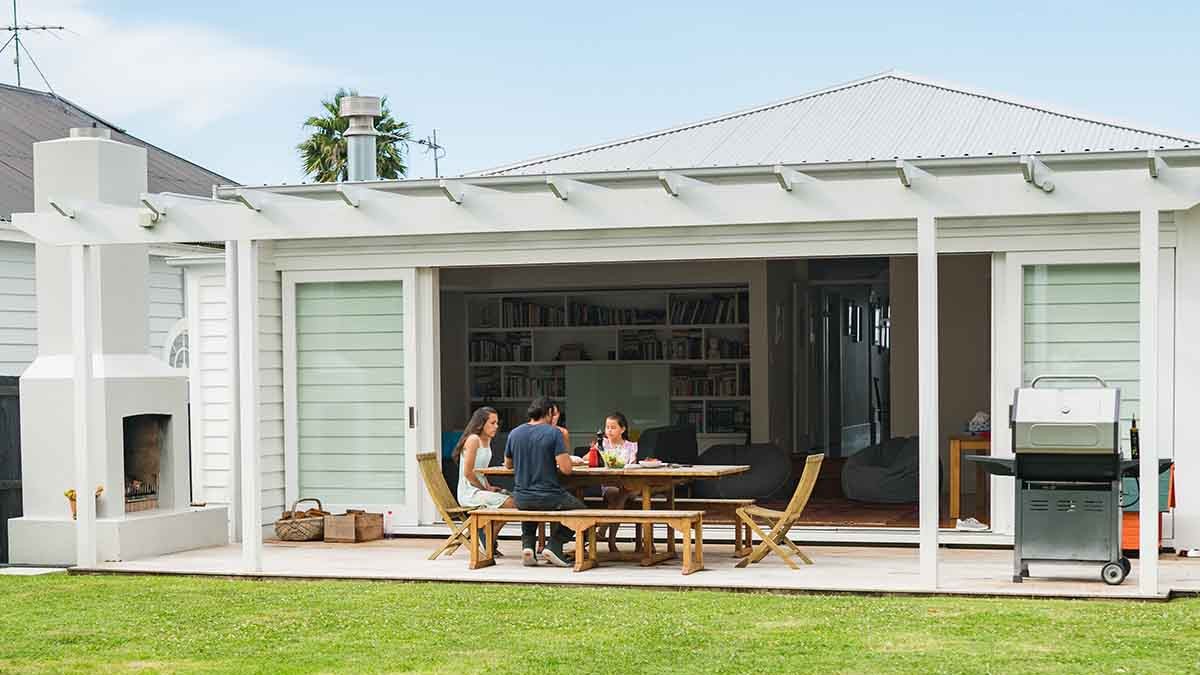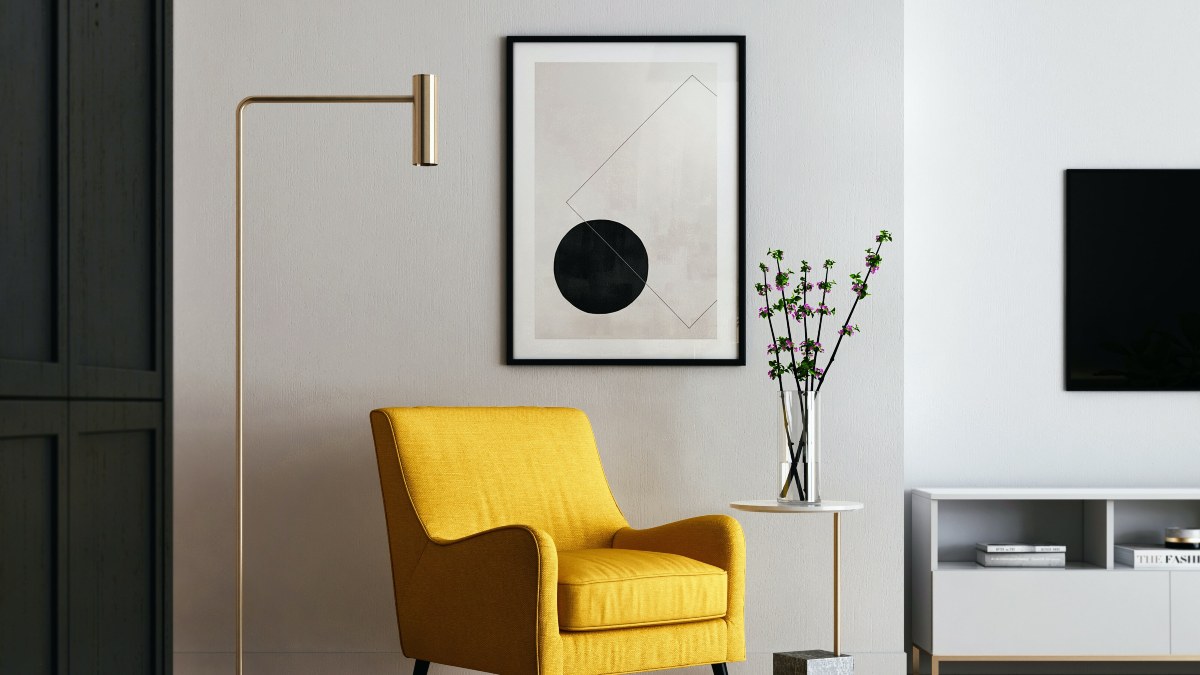Spring has sprung, meaning it’s time to clean your house. Check out these handy tips, tricks, and tutorials to get your home looking brand new in no time.
Staging a home for sale - is it worth the money?

Put your best façade forward with these expert tips for staging a home for sale.
A well-styled house can make a big difference when selling your property. Beautifully curated rooms add warmth and natural flow to a home and allow potential buyers to envisage how they would live in and use different spaces.
According to Sara Chamberlain, a director at The Real Estate Stylist the key to successfully staging a home for sale starts with decluttering and depersonalising each room.
“It’s important to create spaces buyers will feel relaxed in,” she says. “You want them to be able to picture themselves living there, not you, so those big family photos on the wall have to go.”
How to stage your home like a professional
What is staging?
Staging enables a property stylist to dress your home with appropriate furniture and decor elements so it can be presented it in its best light to potential buyers.
Sara says vacant homes benefit from being fully staged to give a better idea of room sizes, while those still living in their homes during a sale period may opt to have their property partly styled.
This is where the stylist works with some of your existing furnishings and brings in other elements to round out a look.
You can also pay for a consultation with a property stylist and do-it-yourself or, if your budget is super-tight, simply chat to your real estate agent, for some easy-to-achieve tips.
“Staging the home gives it a sense of life,” Sara says.

If you are living in the home during the sale period, you can opt for partial staging, where a stylist brings in additional pieces that complement or enhance your existing decor
Why use a property stylist?
A professional stylist draws on the experience they have in preparing properties for sale with a look that matches the architectural style and the target market.
“It’s important to create a nice, consistent feel as people walk around the home, but also add a pop of wow that brings out each’s room merit,” Sara explains.
You’ll find the turnaround and transformation is relatively simple and quick in the hands of a property stylist, as opposed to tackling the task yourself during what can be a stressful and busy time prior to selling.
Sara finds people who take a DIY decor approach often come unstuck because they underestimate how much time it takes to source things. In a deadline-driven selling period, this puts unnecessary pressure on the owner.
“Working with a stylist provides you with access to their warehouses of furniture and homewares – lamps, cushions, rugs, artwork, accessories, and we are able to come in and give you a professional-looking result in two to three hours,” Sara says.
How does staging work?
Licensed estate agent Grace Le-Franke, of Wilson Agents Port Phillip, recommends setting up a group meeting with your agent and stylist to discuss the home’s key selling points and how the property can be best dressed to highlight these features.
“A well-staged home gives the impression of it being a quality home,” Grace says.
Before deciding on a property stylist, she encourages buyers to research their work on Instagram and look at websites and recent projects to get a feel for the pieces they stock in their warehouse.
When does staging need to happen?
Styling a property usually takes place a few days before the home is photographed for the marketing campaign, or on the day the estate agent has booked the photographer.
Homes are styled for the duration of the campaign, which generally lasts five to six weeks. Sara says if the property does not sell in the intended period, you can look at extending the hire time, but this will come at an additional cost. Some staging companies offer the option to buy bundled weeks for a discounted rate.
“Removing furniture from a campaign after it has been unsuccessful can be detrimental to buyers’ perception,” she adds. “It’s a good idea to budget for extensions, so you’re prepared if they arise.”

Beautifully curated rooms allow potential buyers to envisage how they would live in the spaces
How much does it cost?
Depending on the size of the property, how much styling is involved and the company you use, Sara says it can cost about $2500 to $4000 to stage a two-bedroom apartment and about $4000 to $7500 for a four-bedroom family home.
In some cases, you may have to look at hiring external storage to keep your existing pieces that don’t fit with the styling scheme. It pays to budget for three months of storage in case the property sale period has to be extended, Sara adds.
“Stylists can arrange storage and have items moved across for you, but the storage units should always be in the name of the vendor, so they can access or extend the storage if needed.”
How much value can it add?
According to iBuildNew, a properly staged home can help your photos stand out a lot better to buyers who are looking at properties online.
Grace finds some vendors struggle with the idea of outlaying money to dress their homes for sale, but she encourages thinking big picture and appealing to a buyer’s sensory side to make the home feel luxurious and welcoming. This includes bringing in a few indoor plants for a fresh and inviting touch.
“It may be hard to comprehend spending thousands of dollars up front on furniture you don’t get to keep, but it should be seen as an investment,” she explains. “It’s important to trust your agent and stylist who do this every day and know what it takes to improve the sale price of a home,” Grace says.
Need help understanding the sale process?
Don't know where to start, what to expect, ot things to consider when selling your house? From starting the sale process to accepting an offer, we help simplify your home-selling journey by connecting you to the right services at the right time. Find out more at racv.com.au.


